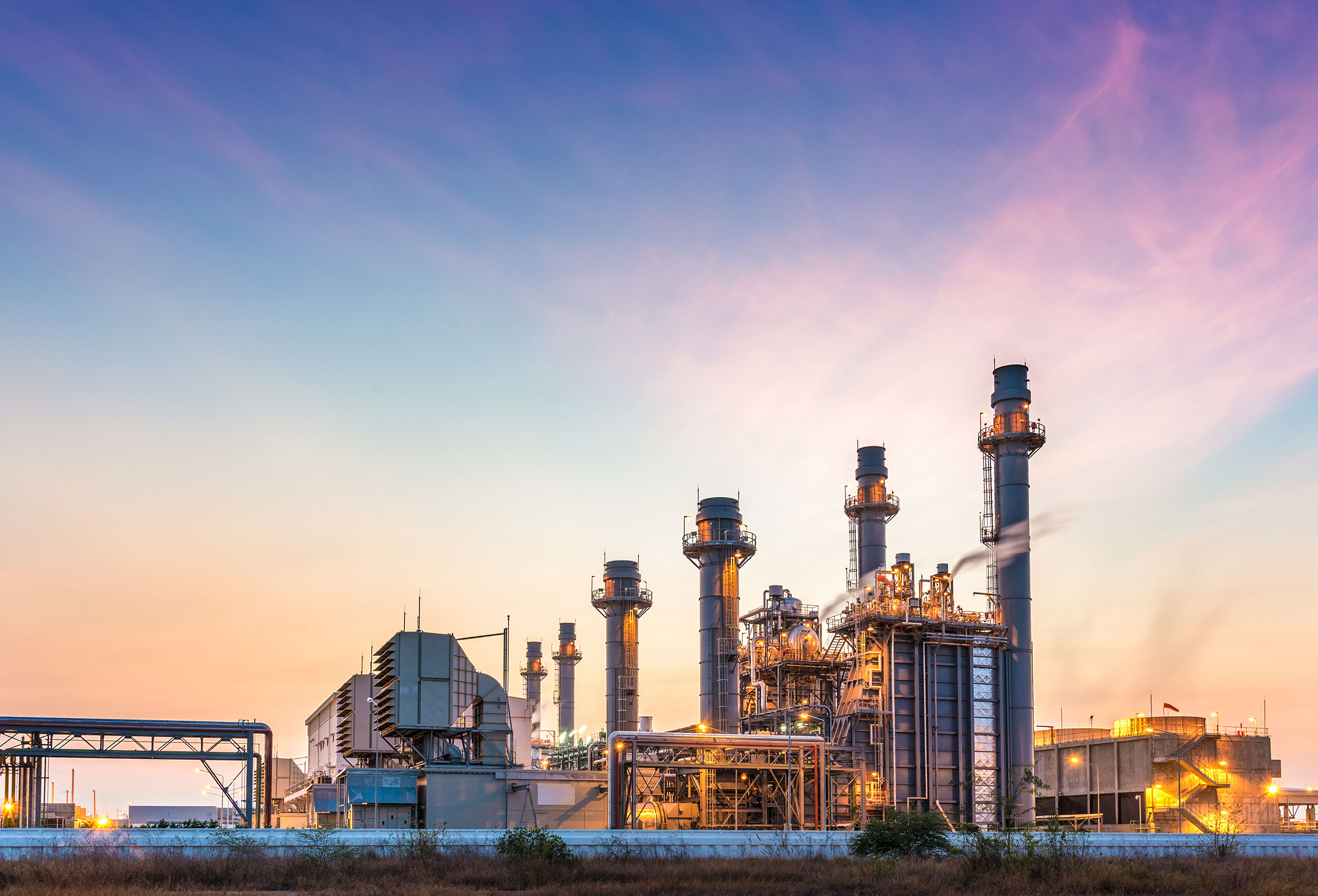The expiry of some long-term LNG contracts held by the three Queensland LNG consortiums from 2030 offers an opportunity for the Australian government to ensure any future contracts include provisions to supply the domestic market.
This is the view of the Australian Competition and Consumer Commission (ACCC) in its latest report on eastern Australia’s gas market. The 144-page report came with its customary warnings of future gas shortages, even though it repeatedly states that eastern Australia has sufficient commercial gas reserves for more than 10 years.
This raises the question: How can there be a shortage if there is plenty of gas? The answer lies in the lack of consideration for domestic gas supplies when the three LNG projects were sanctioned in the early 2010s.
Unlike in Western Australia, where about 15% of the gas reserves from an LNG project are allocated to the domestic market – albeit with many variations – it has helped put a ceiling on gas price rises. As a consequence, WA’s industrial gas demand has not fallen as it has since eastern Australia started exporting LNG, with the strong linkage to volatile international gas prices causing a 20% drop in industrial gas demand.
More than 70% of eastern Australia’s gas output is exported, and a further 7% is consumed at the LNG plant to chill the gas for shipping. This change in gas flows has seen domestic prices more than triple since LNG exports started from Gladstone in January 2015.
The lack of gas sales to the domestic market by Queensland LNG producers is becoming more of an issue as gas supply from traditional sources in the southern states decline. The largest offshore gas venture in the Gippsland Basin is projected to grind to a halt by 2033. This will make Victoria and New South Wales more dependent on gas from Queensland, where more than 90% of eastern Australia’s commercial reserves are held by the three LNG consortiums.
“The proportion of Queensland-produced gas on the east coast is projected to increase from 87% in 2027 to 96% by 2037, with most linked to LNG export projects,” the ACCC said.
Queensland LNG producers’ supply to the domestic market has waned since 2018, the ACCC said. This is despite regulatory changes to encourage LNG exporters to send more gas to the domestic market, including the Gas Market Code in 2022 to ensure gas consumers could buy gas for a reasonable price, set at A$12 per gigajoule. Reform to the Australian Domestic Security Mechanism in 2023 was designed to provide more flexibility to address potential supply shortfalls. But these market policy adjustments appear to have done little to stimulate more supply.
This is why the expiry of LNG contracts may provide the policy opportunity to address the forecast gas shortfalls in the 2030s. “The LNG producers’ foundation contracts will expire from 2031 (31 December 2030). We recommend that government consider the opportunities this presents in terms of securing access to gas resources to support longer-term domestic gas and security, prior to any new contracts being entered into or existing contracts being extended,” the ACCC said.
The first to expire, at the end of 2030, are Santos’s Gladstone LNG’s (GLNG) contracts with South Korea’s Kogas for 3.5 million tonnes a year (Mtpa) of LNG (equivalent to 194 petajoules or 39% of eastern Australia’s annual gas demand). This provides a test case for the government as GLNG has never been able to meet its entire contractual obligations for 7Mtpa, rarely producing more than 6Mtpa since it started operations in September 2015.
The ACCC report shows Santos does not have sufficient proven and probable (2P) gas reserves to cover its LNG contractual obligations, which in turn will further squeeze the domestic market. If Canberra places conditions on any LNG contract renewal to ensure more gas is directed to domestic consumers, it may change the trajectory of domestic supplies (see chart below).
GNLNG production vs export contract volumes and expiry
Source: ACCC. Gas Inquiry 2017-2030. Interim update on east coast gas market. June 2025.
The ACCC says Santos’s GLNG will need to acquire more gas, either through developing its 2P and 2C (contingent) reserves or further purchases from the domestic market. It says: “If GLNG needs to purchase additional gas from the domestic market to meet its contracted export demand, it will need to compete in an increasingly tight east coast gas market, exacerbating forecast structural gas shortfalls into the 2030s.” This could be avoided if greater domestic gas supply conditions are attached to LNG contract renewals.
GLNG’s shortage of gas underlines the project’s problem since it was sanctioned in January 2011 as a two-train project. Santos never had enough proven gas reserves to fill two trains, and so has been exporting gas earmarked for the domestic market, and relying heavily on other gas producers to help fill the two trains.
Santos, which holds a pivotal position in eastern Australia’s gas market, is the subject of a takeover bid from a consortium led by Abu Dhabi oil and gas major ADNOC, to expand its LNG business. This implies that domestic gas market concerns are not a high priority for ADNOC, and this strategic tension warrants close scrutiny by Australian regulators.
This article was first published in the Energy News Bulletin
